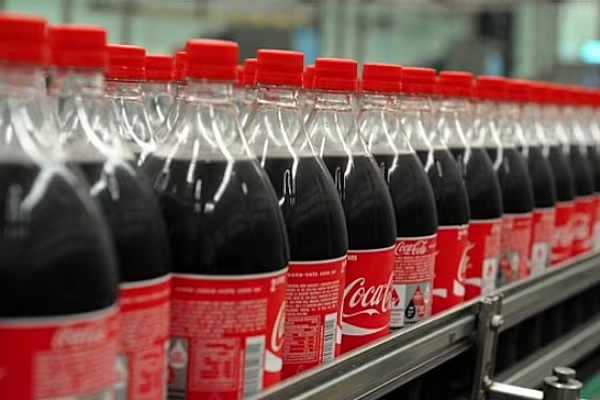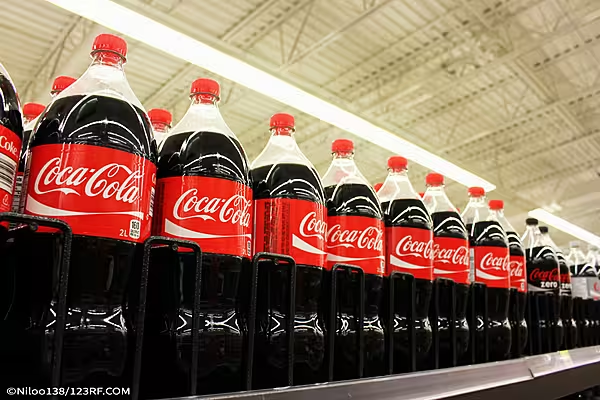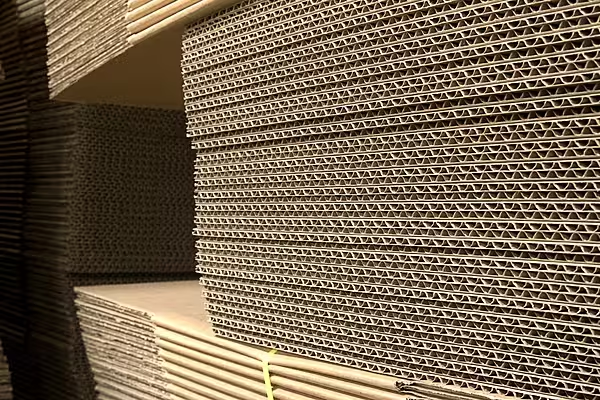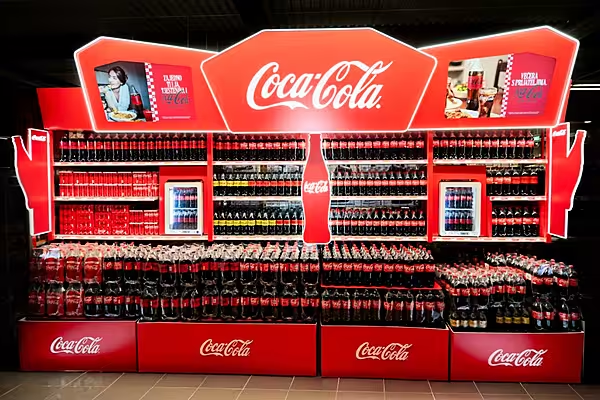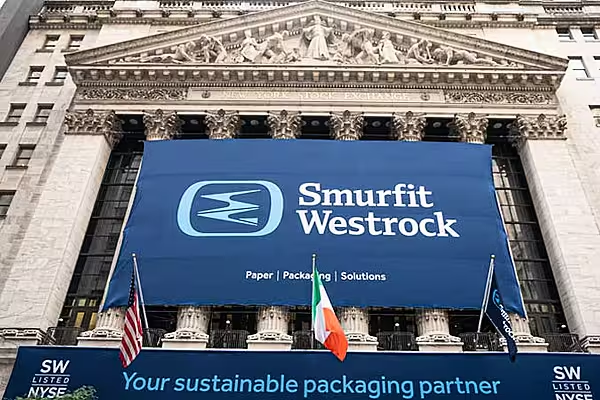Coca-Cola Company CEO James Quincey is kicking off a recycling spree, as part of efforts to burnish the beverage giant’s image.
The soft-drink company, which operates in more than 200 countries, is setting the goal of recycling one bottle or can for every one that it sells by 2030. It’s also pledging to become a corporate leader in reducing the plastic waste that has clogged oceans and waterways.
Coke’s plan is to guide consumers through the recycling process with educational outreach, according to a recently released statement.
It also wants to ensure that all of its packaging is, in fact, both recyclable and made with rising proportions of recycled materials. The company is aiming for an average of 50% recycled content for its bottles by 2030.
The 132-year-old beverage producer is betting that a better environmental record will boost its credibility with consumers, who have become increasingly vocal in demanding that companies behave responsibly.
McDonald’s – also oft-criticised for the litter that its packaging produces – announced this week that it is stepping up its recycling and using more environmentally friendly materials.
‘Global Issue’
“[Packaging waste] is a global issue that is very visible from an external consumer and stakeholder standpoint,” Ben Jordan, Coke’s senior director for environmental policy, said in an interview.
For big companies, the pressure to act is mounting. Earlier this week, the European Union announced a new strategy to make sure that all packaging is recyclable by 2030 and to curb single-use items like cutlery and bottles. British Prime Minister Theresa May, meanwhile, outlined a similar plan, saying that wasteful plastic use is “one of the great environmental scourges of our time”.
Currently, only about 10% of the world’s plastic is recycled, with the remainder piling up in landfills and ravines before often ending up in the ocean.
At the current pace, there will be more plastic than fish in the oceans by 2050, according to a report by the Ellen MacArthur Foundation, which is one of Coca-Cola’s partners for the new initiative.
Coke’s recycling goals are challenging, given the patchwork of differing rules set forth by nations, states and local governments. Items such as juice pouches and promotional PET coloured plastic bottles are especially difficult to recycle.
The company’s massive global scale, meanwhile, further complicates the efforts.
Local Conditions
As a result, the company must adapt to the conditions of each locale.
For example, 72% of Coke’s packaging is already collected in Europe, Quincey said on a call with media. Coca-Cola has also invested in recycling programmes in Mexico, where Quincey spent time leading the business. About 60% of plastic bottles are now recycled there, up from about 9% in 2002, but a quarter of the world’s countries don’t have any formal waste-collection infrastructure, he said.
“One thing is collecting it – and I think that’s today’s biggest challenge – so that it doesn’t end up in the wrong place, in the oceans. You’ve still got to do something with it and not have it go to landfill,” Quincey said. “There’s not one solution for everywhere, but everywhere can have a solution to make it work.”
If successful, the plan could lead to cost savings because Coke could provide a growing amount of its own packaging material.
“It’s going to cost us money in the short term, as we invest in recycling facilities, as we invest in partnerships to drive up collection rates,” Quincey said, “but in the long run, it’s going to be part of the fundamental proposition of the industry driving up the circular economy.”
The biggest challenge, however, may be taste. Not all packaging materials can maintain the same quality.
With some packages, the challenge is getting them to work as well as others, Ben Jordan said. “It’s breaking through those barriers.”
News by Bloomberg, edited by ESM. Click subscribe to sign up to ESM: The European Supermarket Magazine.
